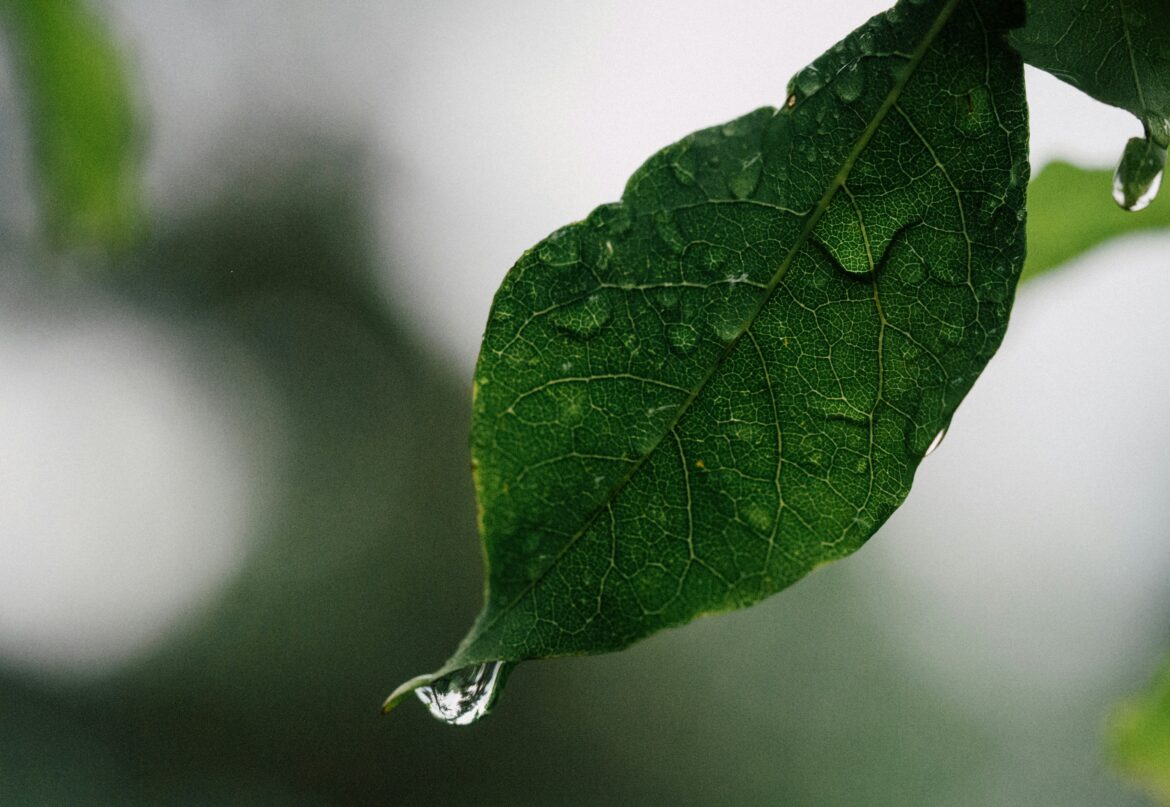Living off-grid has taught me many valuable lessons, and one of the most significant has been the importance of a reliable water source. Rainwater harvesting has become an essential part of my off-grid lifestyle, providing a sustainable and efficient way to collect and utilize water. In this blog post, I’ll share my experience setting up a rainwater harvesting system and the benefits I’ve enjoyed.
My Rainwater Harvesting Journey
When I first decided to live off-grid, one of my top priorities was to establish a reliable water source. After researching various options, I decided to set up a rainwater harvesting system. The process involved several steps, from selecting the right location for the collection system to installing the necessary components. Here’s a detailed plan based on my experience:
1. Choosing the Right Location
The first step in setting up a rainwater harvesting system is choosing the right location. I identified an area with a large roof surface to maximize water collection. The roof is the primary catchment area, so selecting a roof material that’s safe for collecting potable water is essential. Metal and tile roofs are excellent choices, while asphalt shingles should be avoided due to potential chemical leaching.
2. Installing Gutters and Downspouts
Next, I installed gutters and downspouts to direct rainwater from the roof into storage tanks. Here are the key steps:
- Gutter Installation: I attached gutters along the roof edges, ensuring they were slightly sloped towards the downspouts to facilitate water flow.
- Downspout Placement: I positioned downspouts at strategic locations to direct water into the storage tanks. Using mesh screens, I prevented debris from entering the system.
3. Setting Up Storage Tanks
Choosing the right storage tanks is crucial for an effective rainwater harvesting system. I opted for large, food-grade plastic tanks to store the collected rainwater. Key considerations included:
- Tank Size: I calculated my water needs and chose tank sizes accordingly. A larger tank ensures a more substantial water reserve during dry periods.
- Location: I placed the tanks on a stable, elevated platform to use gravity for water distribution.
4. First Flush Diverter
To ensure the collected rainwater is clean, I installed a first flush diverter. This device diverts the initial flow of water, which may contain debris and contaminants, away from the storage tanks. This helps maintain the quality of the stored water.
5. Filtration and Purification
Even with a first flush diverter, it’s essential to filter and purify the collected water. I incorporated the following components into my system:
- Pre-Filter: Installed a pre-filter to remove larger particles and debris.
- Fine Filtration: Used a series of finer filters to eliminate smaller contaminants.
- UV Purification: Added a UV purification system to kill bacteria and viruses, ensuring the water is safe for drinking.
6. Distribution System
Finally, I set up a distribution system to deliver the harvested rainwater to various points in my home. By installing a simple pump, I ensured adequate water pressure for household use. I also connected the system to my existing plumbing, allowing for seamless integration with my off-grid water supply.
Benefits of Rainwater Harvesting
Setting up a rainwater harvesting system has provided numerous benefits:
- Sustainability: Rainwater harvesting is an environmentally friendly way to collect and use water. It reduces reliance on groundwater and minimizes the strain on local water sources.
- Cost Savings: By utilizing rainwater, I’ve significantly reduced my water bills and reliance on external water sources.
- Independence: Having a reliable water source has increased my self-sufficiency and resilience, particularly during droughts or water supply interruptions.
- Water Quality: Rainwater, when properly filtered and purified, is often cleaner and softer than groundwater, reducing the need for water softeners and improving the longevity of plumbing systems.
- Environmental Impact: Collecting rainwater reduces stormwater runoff, which can lead to erosion and water pollution. By capturing and utilizing rainwater, I’m contributing to local water conservation efforts.
Conclusion
My journey into off-grid living has been enriched by the implementation of a rainwater harvesting system. It’s a practical and sustainable solution that ensures a reliable water supply while promoting environmental conservation. Setting up such a system may require an initial investment of time and resources, but the long-term benefits far outweigh the costs. If you’re considering off-grid living or looking to enhance your self-sufficiency, I highly recommend exploring rainwater harvesting as a viable and rewarding option.
4o

